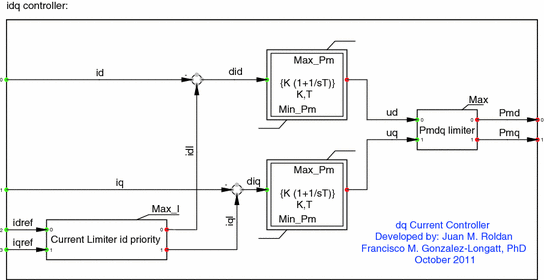- Sep 02, 2017 This video will describe Match, Consolidation and exception transformations in the IDQ.
- Mar 14, 2020 Step 5 - Sequence generator transformation will be created, select the done option. Step 6 - Link the NEXTVAL column of sequence generator to SNO column in target. Step 7 – link the other columns from source qualifier transformation to the target table. Step 8 – Double click on the sequence generator to open property window, and then.
Beside supporting normal ETL/data warehouse process that deals with large volume of data, Informatica tool provides a complete data integration solution and data management system. In this tutorial,you will learn how Informatica does various activities like data cleansing, data profiling, transforming and scheduling the workflows from source to target in simple steps etc.
What is address doctor in IDQ? It is the transformation to validate I/P data with reference data of the address to ensure accuracy. It can fix issues if found any. How can we publish IDQ SSR results on the Intranet/Web? Publishing SSR on Web / New - Thru HTML file. Can we export an object from IDQ to Powercenter tool. If yes then how?
Key Highlights of Informatica Tutorial PDF are
- 234+ pages
- eBook Designed for beginners
- Beautifully annotated screenshots
- You will get lifetime access
Inside this PDF

- Introduction to Informatica
- Informatica Architecture Tutorial
- How to Download & Install Informatica PowerCenter
- How to Configure Client and Repository in Informatica
- Source Analyzer and Target Designer in Informatica
- Mappings in Informatica: Create, Components, Parameter, Variable
- Workflow in Informatica: Create, Task, Parameter, Reusable, Manager
- Workflow Monitor in Informatica: Task & Gantt Chart View Examples
- Debugger in Informatica: Session, Breakpoint, Verbose Data & Mapping
- Session Properties in Informatica
- INFORMATICA Transformations Tutorial & Filter Transformation
- Source Qualifier Transformation in Informatica with EXAMPLE
- Aggregator Transformation in Informatica with Example
- Router Transformation in Informatica with EXAMPLE
- Joiner Transformation in Informatica with EXAMPLE
- Rank Transformation in Informatica with EXAMPLE
- Sequence Transformation in Informatica with EXAMPLE
- Transaction Control Transformation in Informatica with EXAMPLE
- Lookup Transformation in Informatica & Re-usable Transformation Example
- Normalizer Transformation in Informatica with EXAMPLE
- Performance Tuning in Informatica
Want alternative payment options? Contact us here
What is Sequence Generator Transformation?Sequence generator transformation is passive so it does not affect the number of input rows. The sequence generator is used to generate primary key values & it’s used to generate numeric sequence values like 1, 2, 3, 4, 5 etc.
For example, you want to assign sequence values to the source records, then you can use sequence generator. The generated sequence values can be like 5, 10, 15, 20, 25 etc. or 10, 20, 30, 40, 50 etc. depending upon the configured properties of the transformation.
Sequence generator has two output ports
- CURRVAL
CURRVAL port value is always NEXTVAL+1.
To generate the sequence numbers, we always use the NEXTVAL column.
Properties of Sequence Generator Transformation
- Start Value – It is the first value that will be generated by the transformation, the default value is 0.
- Increment by – This is the number by which you want to increment the values. The default value is 1.
- End value – It is the maximum value that the transformation should generate.
- Cycle – if this option is set then after reaching the end of the value, the transformation restarts from the start value.
In this example, we will generate sequence numbers and store in the target.
Step 1 – Create a target table with the following script.
Step 2- Import the table in Informatica as target table
Step 3 – Create a new mapping and import EMP source and EMP_SEQUENCE target table
Step 4 – Create a new transformation in the mapping
- Select sequence transformation as the type
- Select Create option
Step 5 - Sequence generator transformation will be created, select the done option
Step 6 - Link the NEXTVAL column of sequence generator to SNO column in target
Key Generator Transformation In Idq Word
Step 7 – link the other columns from source qualifier transformation to the target table
Key Generator Transformation In Idq Excel
Step 8 – Double click on the sequence generator to open property window, and then
- Enter the properties with Start value =1, leave the rest properties as default
Key Generator Transformation In Idq 5
Now save the mapping and execute it after creating the session and workflow.

Key Generator Transformation In Idq 2
The sno column in the target would contain the sequence numbers generated by the sequence generator transformation.
Key Generator Transformation In Idq
In our example, the sequences will be like 1 – Scott, 2 – King, 3 – Adam, 4 – Miller, etc.